
Offer is back again, updated with even better terms. Again available to existing customers depositing new funds!
Live Oak Bank is an FDIC-insured internet bank that is focused on lending to small businesses. Their personal savings account has a limited-time offer of a $300 bonus if you deposit $20,000+ in new funds into their online savings account by 5/16/25 via this special offer page and keep it there for 60 days. The current interest rate is 4.20% APY. Direct deposit is not required. Valid for both new and existing customers, as long as you are adding new money.
Selected fine print:
New and Existing Customers:
The promotion begins on April 14th, 2025.
Only one bonus is available per Tax Identification Number per promotional period.
Only personal savings accounts are eligible for the bonus offer. Checking accounts, certificates of deposit (CD) accounts and fiduciary accounts (e.g., trusts) are not eligible for this offer.
Opening of a new account will be subject to approval by Live Oak Banking Company in its sole discretion.
A new account must be opened between April 14, 2025 and May 16, 2025 to be eligible.
A new Live Oak Bank personal savings account must be fully funded with at least $20,000 by 11:59 p.m. Eastern Time on 05/16/2025 to be eligible for the bonus.? If the account is not fully funded by May 16th, then the account is not eligible for the bonus offer.
All funding of the new personal savings account must consist of funds originating from an external financial institution to qualify; deposits or transfers originating from an existing Live Oak Bank account (whether personal or business) via internal transfer, CD redemption, check, ACH transfer, wire, or loan proceeds do not qualify for bonus offer.
Beginning on the date in April or May 2025 that the new account attains a balance of at least $20,000, if the balance remains equal to or exceeding $20,000 for 60 consecutive days, then the account will be eligible for the bonus if all other conditions are met. If all eligibility criteria are met, the $300 cash bonus will be deposited to your open, eligible account?within 45 days following the expiration of the 60-day period.
Your new account must not be closed or restricted at the time of payout in order to receive the bonus. Live Oak Bank reserves the right to withdraw or withhold the bonus offer from any customer, with or without notice, if fraud or other suspicious activity is suspected.
Any promotional amounts received may be subject to taxation.
Existing Customers:
In addition to the other requirements for the bonus offer, existing Live Oak Bank customers must maintain their existing account balances (not including interest accrued but not credited to the account) at or above the end of day balance as of April 13th 2025 11:59:59pm (ET) across their existing personal savings in order to be eligible for the bonus offer.
Bonus math. This is a 1.5% bonus on $20,000 if you keep it there for 60 days, which makes it the equivalent of 9.00% APY annualized. Bonus will be paid around Day 105 and the account must be open at that time, but you only need to maintain full balance through Day 60. The bonus is on top of the standard interest rate, currently a competitive 4.20% APY as of 4/15/25.
This equivalent of roughly 13.20% total APY over 60 days makes it a solid offer for those with compatible balances looking for short-term place to hold their cash for a few months. Live Oak Bank seems to come and go with the competitiveness of their rates, but it’s nice that this is available to existing customers.
Hat tip to reader Logan.
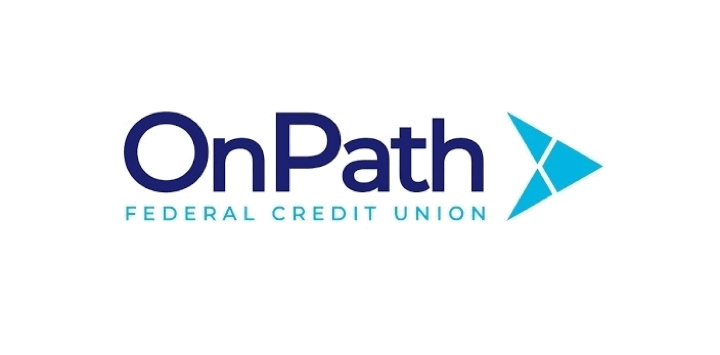
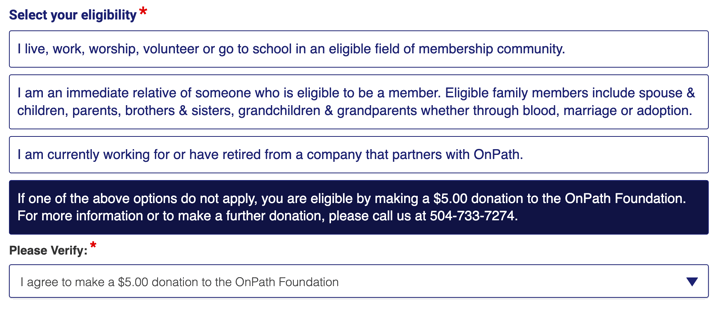




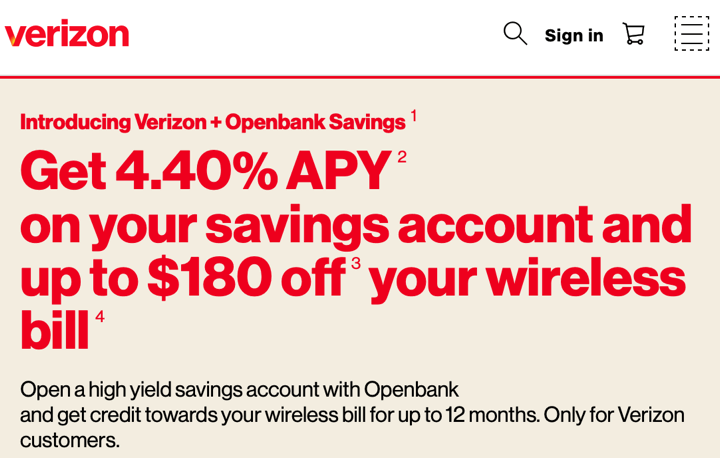
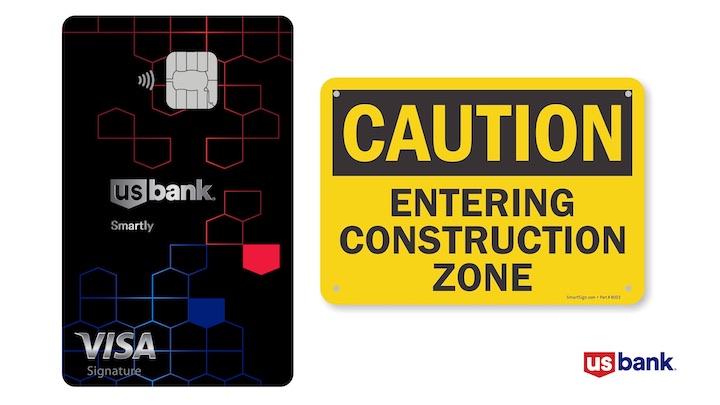
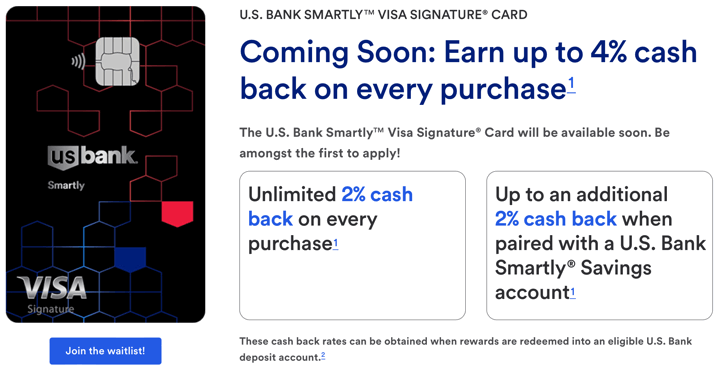
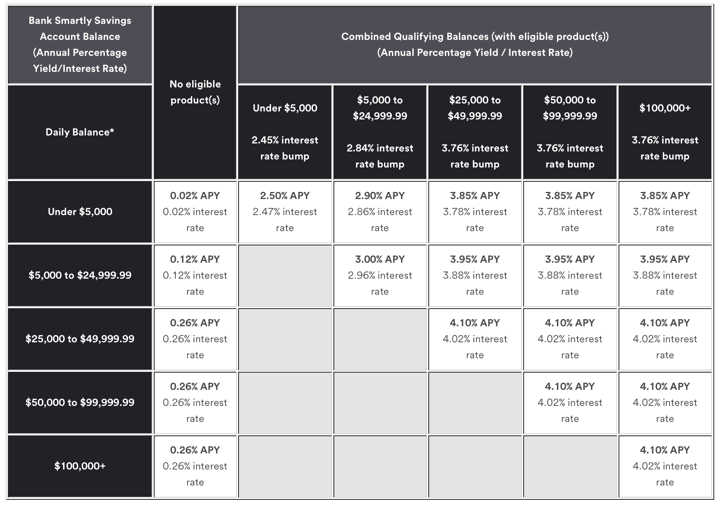
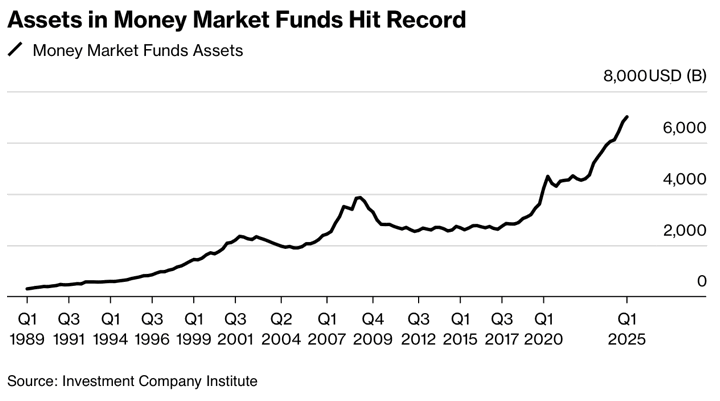

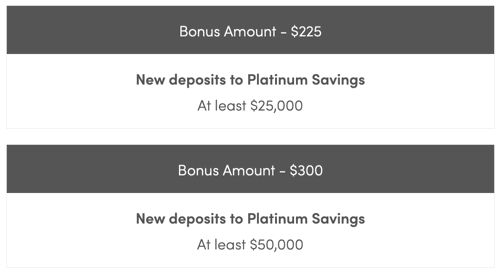


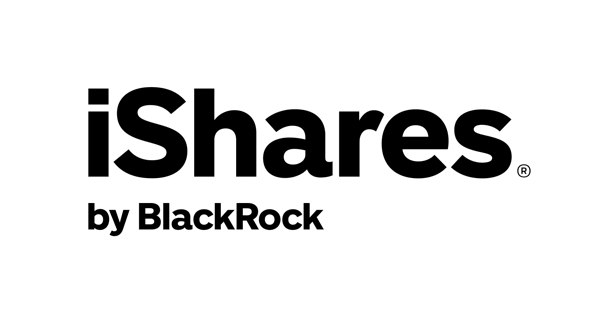
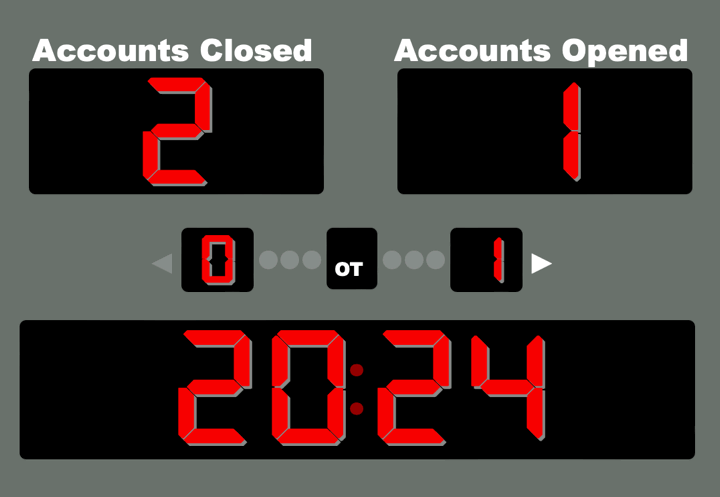
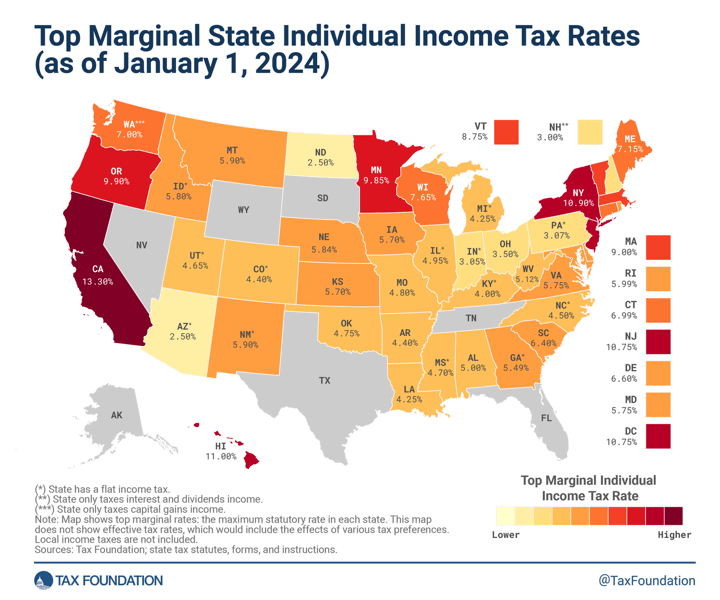
 The Best Credit Card Bonus Offers – 2025
The Best Credit Card Bonus Offers – 2025 Big List of Free Stocks from Brokerage Apps
Big List of Free Stocks from Brokerage Apps Best Interest Rates on Cash - 2025
Best Interest Rates on Cash - 2025 Free Credit Scores x 3 + Free Credit Monitoring
Free Credit Scores x 3 + Free Credit Monitoring Best No Fee 0% APR Balance Transfer Offers
Best No Fee 0% APR Balance Transfer Offers Little-Known Cellular Data Plans That Can Save Big Money
Little-Known Cellular Data Plans That Can Save Big Money How To Haggle Your Cable or Direct TV Bill
How To Haggle Your Cable or Direct TV Bill Big List of Free Consumer Data Reports (Credit, Rent, Work)
Big List of Free Consumer Data Reports (Credit, Rent, Work)